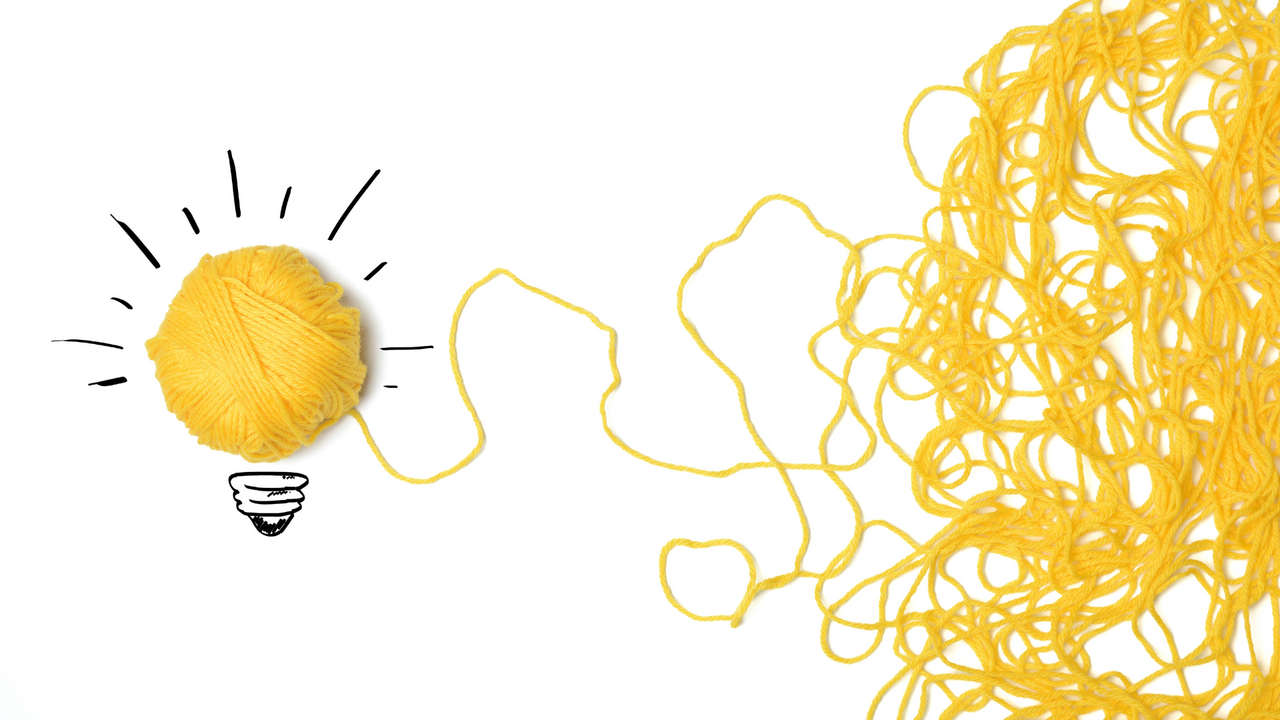The key to learning? Frustration and Errors!

“Muscle memory is not real. Muscles are dumb.”
I had to use that little “15 second backwards” button on my podcast app and relisten to Andrew Huberman say that a few times just so I could be sure I heard him correctly.
Tiffany here. I don’t know about you, but I’ve heard (and still hear) the words “muscle memory” a lot. It’s one of those mysterious things that floats around and out of our mouths, but, what is really at the root of what we’re saying? Is what we’re saying even true?
When I hear the words muscle memory, my brain immediately goes to an idea that I need to train my muscles to do something so they remember movement - like for a technical passage. And in order for a muscle to remember something, repetition sounds like a good idea. I don’t think I’m the only one that may follow that logic… !
Truth bomb for ya:
It is the neurons that control those muscles and their firing patterns in which all the information for motor patterns are stored. Your muscles don’t have a memory. Instead, your brain has neural pathways that remember what to tell the muscles to do.
Now - this is significant because in order to retrain our muscles, we need to actually focus on the brain. And that’s what we’re about to do!
IMPORTANCE OF NEUROPLASTICITY
Great news for you if you don’t already know - we have neuroplasticity! Our brain is malleable, new neural pathways can be formed and intelligence can be altered.
As a matter of fact, it was reported in the journal Child Development in 2007 (Dwek, Blackwell and Trzesniewski) that both morale and grade point averages increased when students simply understood that intelligence is malleable. Pretty amazing.
So, if we know our brains are malleable, how can we open up the pathway for plasticity? Let’s break this down into 3 steps!
STEP 1: Do a new behavior and embrace errors
Just doing exercises over and over won’t open up more plasticity. But, if the behavior you are doing is different enough from the behaviors you already know how to perform well, your nervous system will signal to your brain that learning needs to take place.
We have maps of motor commands. 🗺 When we can’t follow the map because the behavior is new, we send signals to the brain that something is WRONG and DIFFERENT!
STEP 2: We need a new map
Making errors is how our nervous system is cued that something isn’t going right. In turn, the nervous system sends signals to the neural circuits that something needs to change. And hopefully, we listen, and start changing things.
STEP 3: Cocktail Time 🍹
In order to really form the new map, i.e., to reshape the brain, we need a little cocktail of chemicals.
Dopamine is one of them.
After we attempt to make the new map and have some success, guess what is released? DOPAMINE! And our brains love dopamine!
WHY FRUSTRATION IS GOOD
Most people get frustrated when they make errors and it’s tempting to give up. What you - or they - may not realize is that the errors themselves are signaling that something doesn’t work, which signals the release of neurotransmitters that say, change something. And THEN dopamine is released when you start to IMPROVE! That helps the CHANGE.
The frustration and the errors are absolutely essential to the learning process - especially if you want it to be an efficient learning process.
If you get frustrated easily, leverage that frustration to go deeper into the endeavor and tell yourself what you now know to be true: you are setting yourself up for a great learning situation. But if you walk away, you’ll lose the opportunity. Share this with your students, too!
HOW TO APPLY THIS IN THE PRACTICE ROOM
Now, you probably have a few questions like… am I supposed to make purposeful errors in practice? That seems nuts.
No. You’re doing your best, but the task you’ve given to yourself is challenging, so it is very likely you will make errors.
How to challenge yourself in practice? Desirable difficulties!
- Changing speed
- Doing patterns
- Chunking
- Playing from memory
- Playing backwards
- Singing things
- Saying note names and leaving every third out
There are endless options, but here are a few! Christine Carter has written about desirable difficulties as well as many others.
SUMMARY
In order to access neuroplasticity, do the following:
- Focus on a single skill in practice
- Use desirable difficulties and embrace making errors. Remember that you’re not deliberately making errors. You’re challenging yourself in ways that likely means you’ll make errors.
- When you begin to get frustrated, KEEP GOING.
- Reinforce to yourself that the errors and frustration are good - because you know they’ll help learning.
- Keep challenging yourself to fix the errors.
- Observe the positive feeling (dopamine release) as you start to get better at the task
- Keep the bouts of learning relatively short especially if you’re over 25 years old (Andrew Huberman recommends 7-30 min or 10-100 trials). So this is NOT four hours by any means!
- Prioritize sleep! Nothing is more important to the learning process!!
I hope this little dive into science has helped you reframe how you think about frustration and errors in the practice room!
Today, go embrace doing hard things. You’ll learn more, you’ll learn faster, and you’ll even get a bigger release of dopamine. :) For more about all of this, check out the Huberman Lab podcast episode all about it.
Much love.

